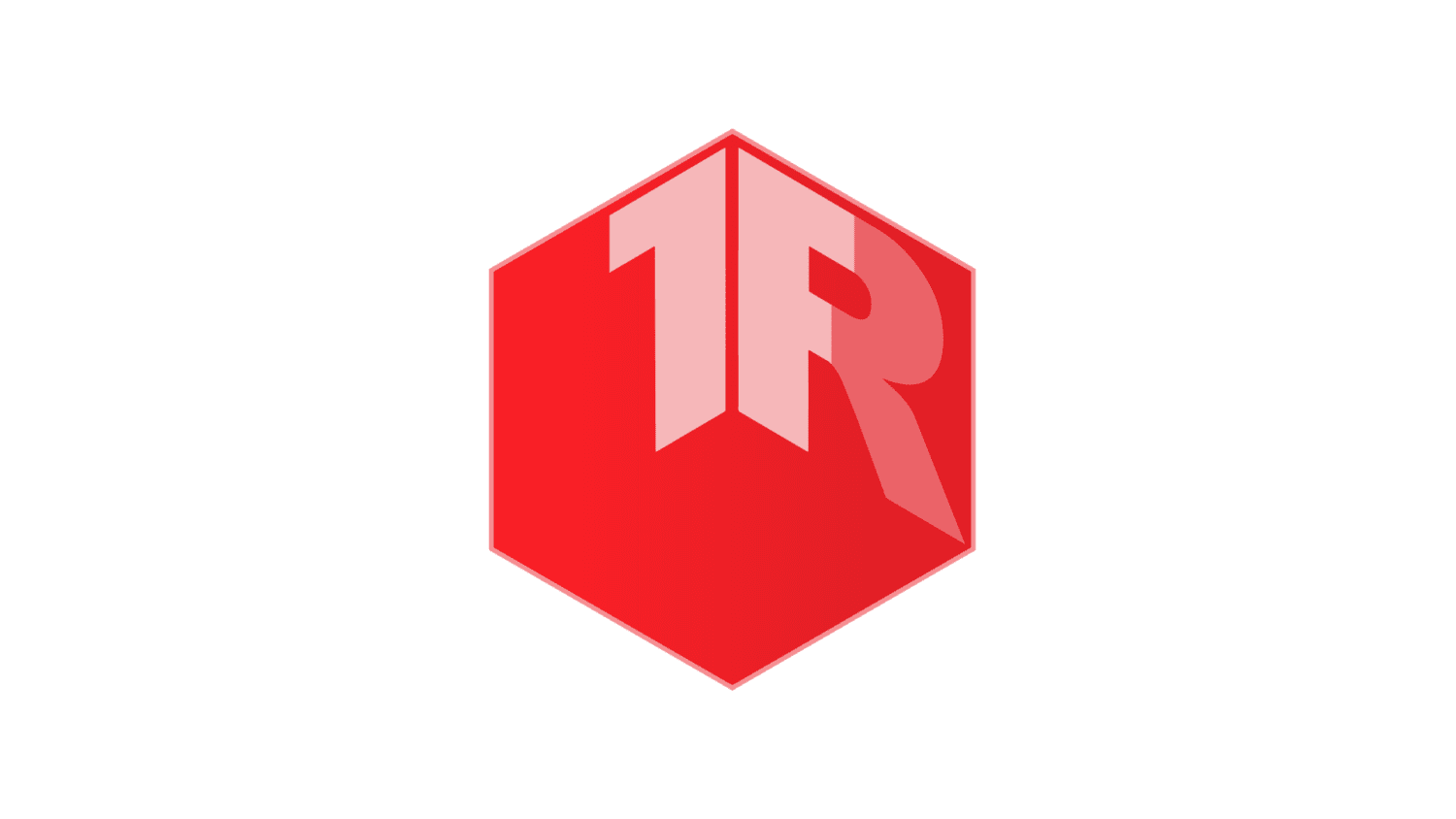
torch outside the box
Sometimes, a software’s best feature is the one you’ve added yourself. This post shows by example why you may want to extend torch, and how to proceed. It also explains a bit of what is going on in the background.

Sometimes, a software’s best feature is the one you’ve added yourself. This post shows by example why you may want to extend torch, and how to proceed. It also explains a bit of what is going on in the background.
In this episode of Open Source Directions, we were joined by Yetunde Dada talked about the work being done with Kedro. Kedro is an open-source Python framework that applies software engineering best practices to data and machine-learning pipelines. You can use it, for example, to optimize the process of taking a machine learning model into a production environment. You can use Kedro to organize a single-user project running on a local environment, or collaborate in a team on an enterprise-level project.
In this episode of Open Source Directions we were joined by Matthew Seal who talked about the work he has been doing with Jupyter and Nteract. Matthew also discussed a particular topic: common Jupyter tools and their adoption for various use cases in the wild.
In this episode, we were joined by Pablo Fuentes and Brendan Collins, who told us about the future of the Xarray-Spatial project. Xarray-Spatial implements common raster analysis functions using Numba and provides an easy-to-install, easy-to-extend codebase for raster analysis.
Technology Roundtable is an opportunity for technology architects in the technology industry to learn, innovate and collaborate with their peers. Roundtable members work together on industry priorities and general topics of interest and concern related to open source technology initiatives.
In this episode, we talk with Guy Martin, the Executive Director at OASIS. Guy is a globally recognized open source strategy expert.